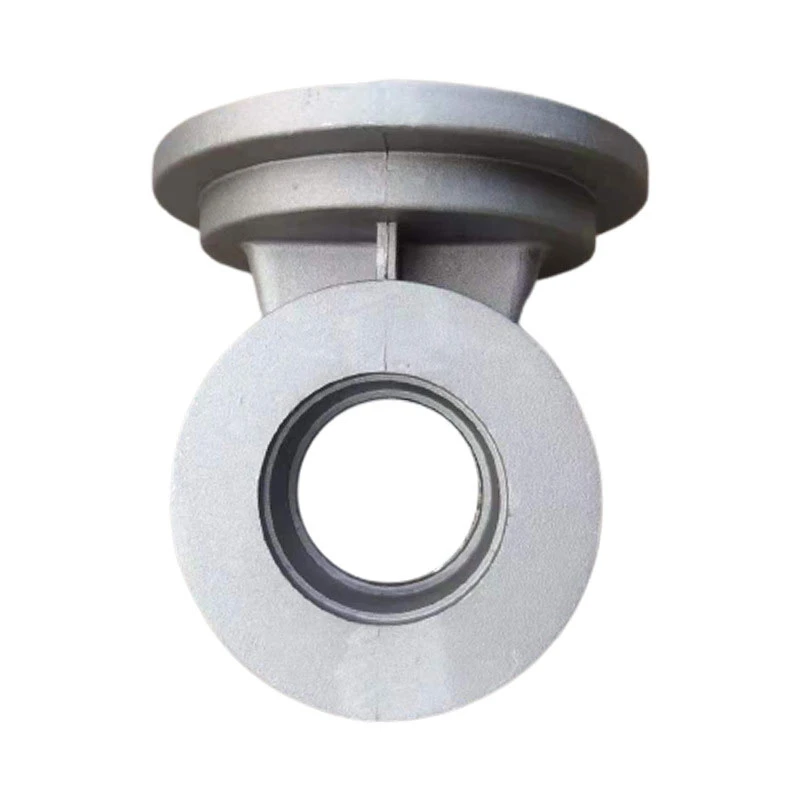Sand Casting Services and Solutions in China for Custom Manufacturing Needs
Sand Casting in China A Traditional Technique with Modern Applications
Sand casting is one of the oldest and most widely used manufacturing processes in the world. This method involves creating a mold from sand to produce metal parts, and it has been an integral part of China's manufacturing landscape for centuries. With a rich history and ongoing innovation, sand casting in China showcases the balance between tradition and modern technology.
A Brief History of Sand Casting in China
The roots of sand casting in China date back thousands of years, with evidence of metalcasting practices like this appearing in ancient artifacts. Historically, artisans crafted intricate designs using sand molds, and these objects were primarily used for religious and ceremonial purposes. As technology progressed, sand casting became essential for producing various industrial components, including machinery parts and automotive components.
China's growth in sand casting is linked to its booming economy, particularly since the late 20th century. Industrial development has led to a surge in demand for cast components, and sand casting has become a preferred choice due to its versatility, effectiveness, and relatively low cost.
The Sand Casting Process
The sand casting process generally involves several steps pattern making, mold making, pouring molten metal, and finishing. The first stage involves creating a pattern, which is a replica of the final product. This pattern is usually made from metal, wood, or plastic.
Next, the sand mold is prepared. Sand, often mixed with a binder, is compacted around the pattern to create a mold. Once the mold is formed, the pattern is removed, leaving a cavity in the shape of the desired part. This mold is then ready for the next step, which involves pouring molten metal into the mold cavity. The metal cools and solidifies, taking the shape of the mold. After cooling, the mold is broken apart, and the casting is removed, finishing with machining or further processing as necessary.
sand casting china

Technological Advancements and Innovations
In recent years, the sand casting industry in China has seen significant advancements. New technologies, including computer-aided design (CAD) and computer-aided manufacturing (CAM), have streamlined the design and production processes. These innovations have improved accuracy and efficiency, reducing waste and minimizing the environmental impact of sand casting operations.
Furthermore, many foundries are investing in automated sand casting systems, which enhance production rates and ensure consistent quality. Automated machinery can achieve precise control over parameters such as temperature and pouring rates, leading to better overall cast quality.
Quality and Sustainability in Sand Casting
Quality control is paramount in the sand casting process. Chinese manufacturers have adopted international standards to ensure their castings meet the stringent quality requirements of global markets. Techniques such as X-ray inspection and ultrasonic testing are commonly used to detect internal defects, ensuring the reliability of the final products.
Sustainability is also an important focus now. With growing environmental concerns, many Chinese foundries are adopting eco-friendly practices, including recycling sand and using less energy-intensive processes. By finding ways to minimize their carbon footprint, these foundries are positioning themselves as responsible players in the global marketplace.
Conclusion
Sand casting in China reflects a rich heritage intertwined with modern technological advancements. As industries evolve and the demand for high-quality, intricate castings continues, China's sand casting sector remains poised for growth. With an emphasis on quality, innovation, and sustainability, Chinese sand casting not only meets local needs but also plays a significant role in the global manufacturing landscape, adapting traditional techniques to modern requirements. As we look towards the future, the integration of technology and sustainability will undoubtedly shape the next chapter in the evolution of this timeless manufacturing method.
-
Precision Sheet Metal Stamping Manufacturer | Fast & ReliableNewsAug.01,2025
-
OEM Sand Cast Pump Valve Fittings - Baoding Hairun Machinery And Equipment Trading Co., Ltd.NewsAug.01,2025
-
Custom OEM Impellers | High Efficiency & PrecisionNewsAug.01,2025
-
OEM Sand Cast Pump Valve Fittings - Baoding Hairun Machinery | Customization, Quality AssuranceNewsAug.01,2025
-
OEM Sand Cast Pump Valve Fittings - Baoding Hairun Machinery And Equipment Trading Co., Ltd.NewsAug.01,2025
-
OEM Sand Cast Pump Valve Fittings - Baoding Hairun Machinery And Equipment Trading Co., Ltd.NewsJul.31,2025















